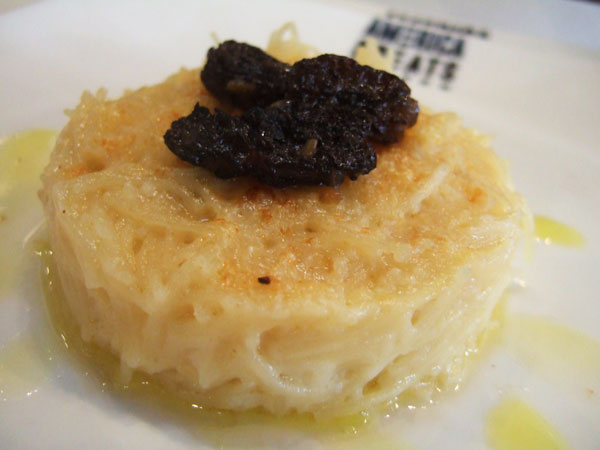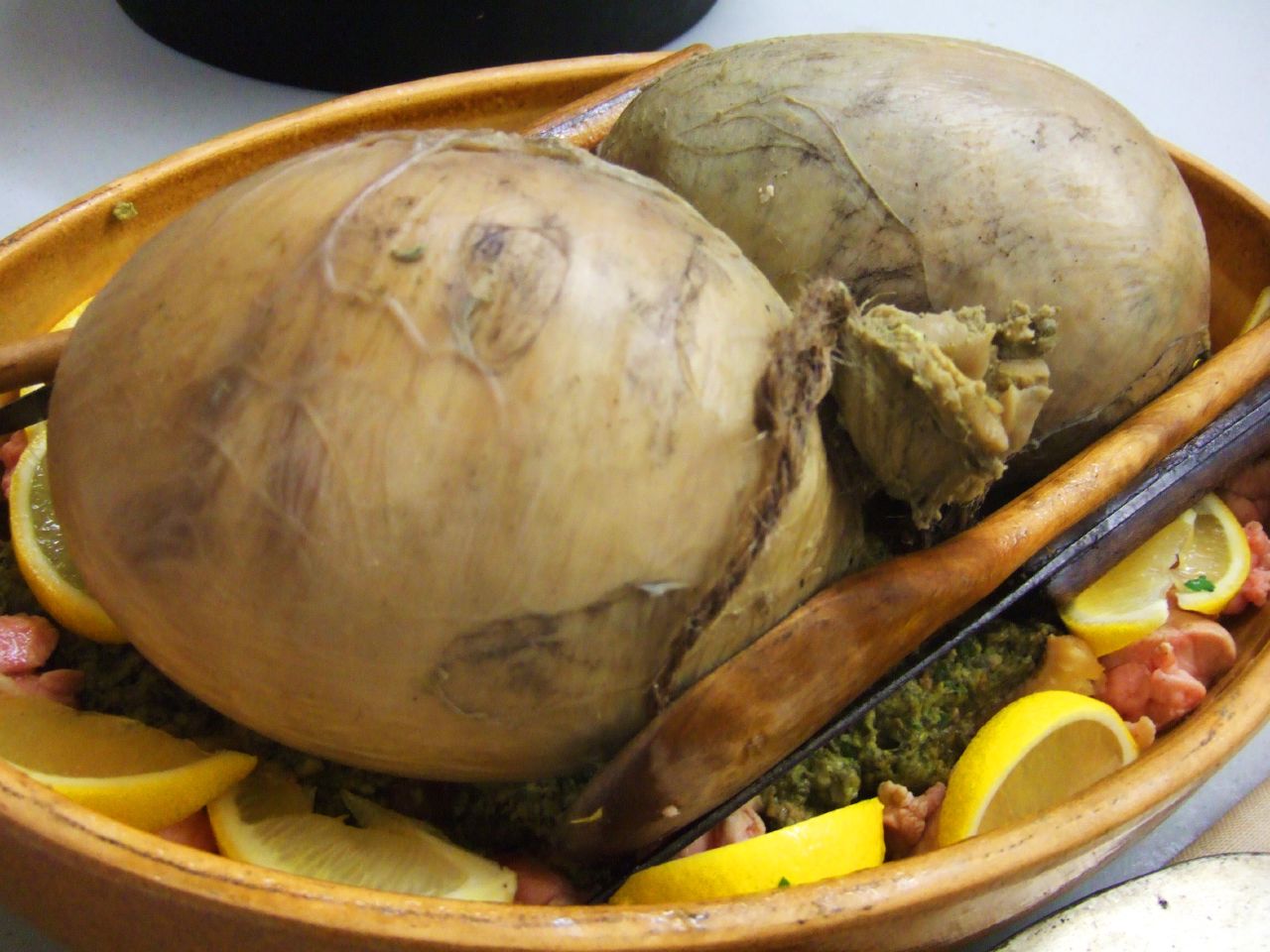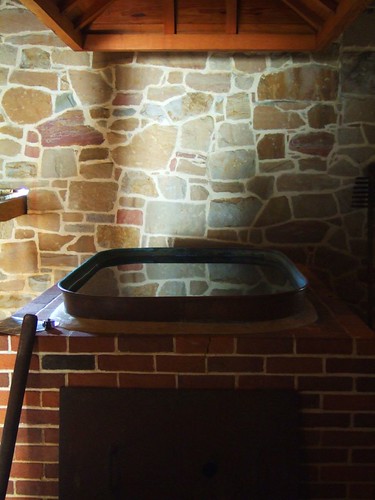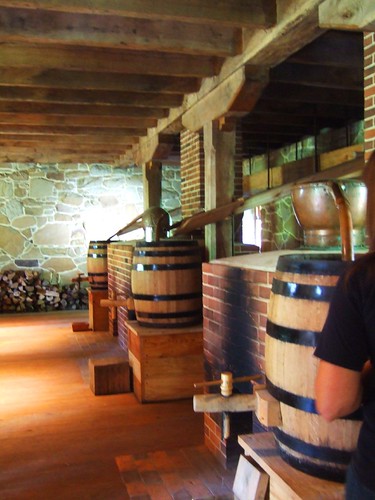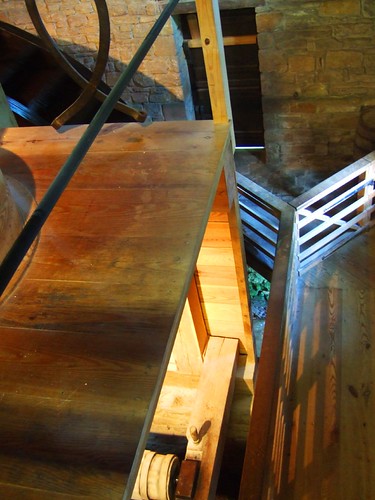I had the most amazing day trip to Philadelphia. Â Eleven hours of non-stop history nerd fun. Â Let me tell you about it:
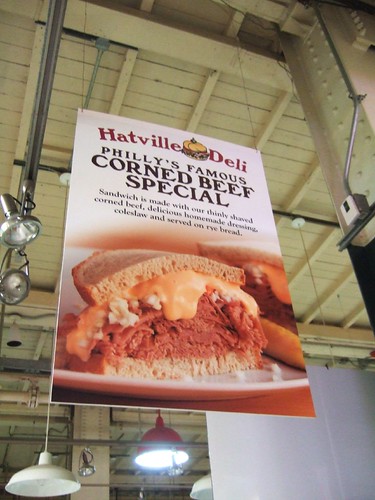
 Philadelphians love orange cheese.
First, my beau and I went to the Muetter Museum. Â It’s an incredible medical history museum that includes everything from a cast of Chang and Eng‘s body to the world’s largest colon. Â The colon is huge, and upon its acquisition (when the owner of said colon died on the toilet), “2 and a half pailfuls of feces” were removed from it’s interior. Â How much feces is 2 and a half pailfuls? Â Well, one giant colon full, of course.
For the rest of this trip, I let Charles Dickens be my tour guide.  I have an ongoing obsession with his book American Notes, the tale of his 1842 visit to America.  He paints a  fascinating image of us as a young, rowdy country, and I’m continually seeking out places that Dickens visited that still exist: like Eastern State Penitentiary.
Opened in1829, Eastern State is the oldest Penitentiary in the world. Â Dickens admired the Quaker founders’ new approach to decriminalization: prisoners were put into solitary confinement and taught a trade, like wood working, to while away their hours and to give them a skill once they were released. Â A prisoner had plenty of quiet time to think about what they had done and to make their peace with god. Â It also occasionally drove people CRAZY.
Later on, the prison went communal, using solitary confinement as punishment for bad behavior.
The prison was in use for a remarkable 141 years; it was abandoned in 1971, and reopened in 1994 for public tours.  Originally “Visitors are required to wear hard hats and sign liability waivers.”  Today, the prison is stabilized but is in a state of beautiful decay.  Restored areas show how it would have looked originally: very pristine and Baptist church-like.  We took  a guided, hour-long tour of the building and stopped in at a special short tour of the kitchens and dining facilities.
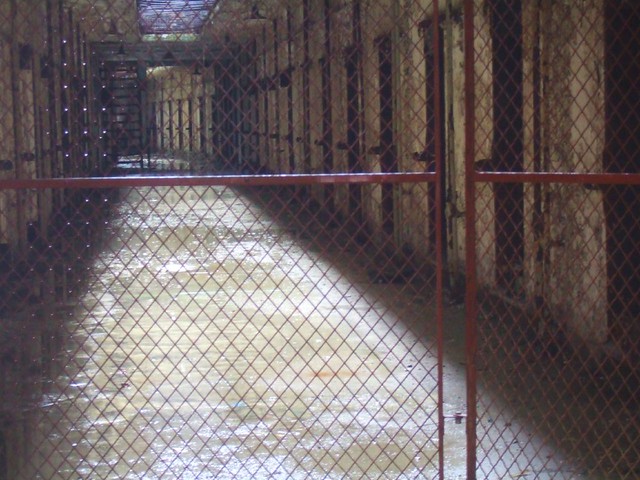
A cell block at Eastern State Penitentiary.

The dining hall at Eastern State Penitentiary
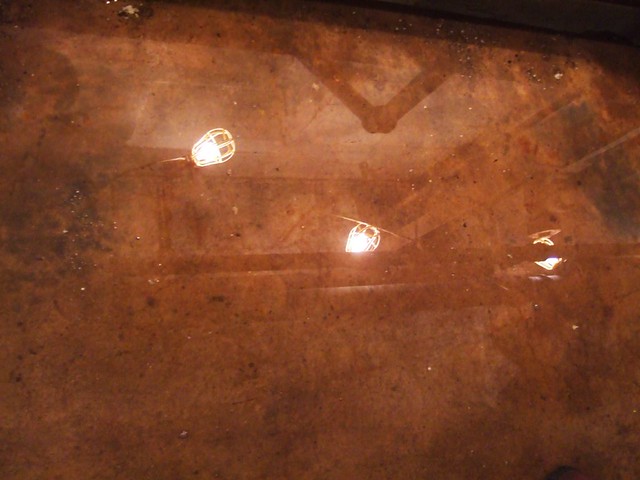
Down in The Hole, and underground facility for solitary confinement. It was flooded from the rain; dark, and miserable.
Next we headed to the Water Works, built in the 18teens , it’s (one of?) the oldest water treatment plant in the States. It’s a restaurant now, but Dickens stopped here when it was functioning to marvel at the modern technology. Â It’s a lovely piece of architecture. Â On account of the pouring rain on the day we went, the surrounding river was crazy flooded, making for a very interesting visit.

- The Waterworks, with the Philadelphia Museum of Art and Philly sklyine in the background.
The rest of the day was spent in consumption: first, we stopped by Reading Terminal Market, a unique collection of food purveyors including Bassett’s Ice Cream.  Bassett’s is America’s oldest ice cream company, founded in 1861.  I had the Cookies N’ Cream, a  favorite of mine from childhood, and my boyfriend had dark chocolate chip and a scoop of pumpkin.  Really excellent, extremely satisfying ice cream.
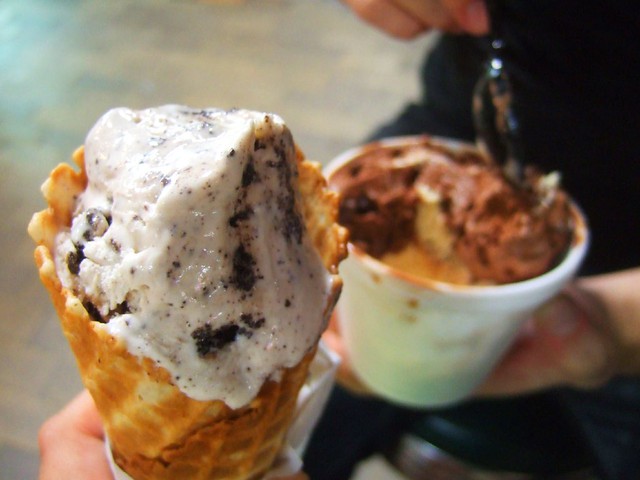
- I had already devoured most of it before i remembered to take a photo…
Then we walked over to McGillin’s, the oldest bar in Philly, for a beer. Â I had the McGillin 1860 IPA; it tasted similar to the house brew at Pete’s Tavern. Â We sat at the bar and sipped our beers; the crowd was a little sports bar/ college-ee, but I’ve noticed that’s how these ancient bars seem to be able to stay in business. Â Take, for example, McSorely’s: a NYC institution since 1858, it’s still going strong as a NYU hot spot. Â Bully for them, I say.
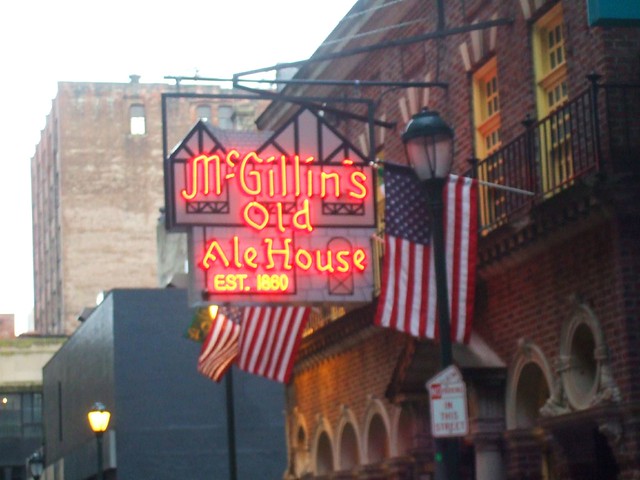
Oldest bar in Philly.
From there, dinner reservations at a restaurant that no history nerd should miss:  The City Tavern.  The original City Tavern (est. 1773) was an immensely popular and fashionable restaurant in the 18th and 19th centuries, attended not only Dickens, but by most of our founding fathers.  The current building is a recreation, with food researched and prepared by chef Walter Staib, who has his own hearth cooking show on PBS.
I was immediately horrified by the attire of the waiters: black 18th-century olde timey outfits. Â They appeared to be made from polyester and I think they were wearing sport socks. Â From the neck up, they were entirely modern. Â I don’t want to be a snob, but I would have rather had my waiters in normal server blacks; I felt the corniness of their dress took away from all the things that were cool about the dining experience.
The menu was fairly typical of restaurants that  serve “historical” fair: unchallenging dishes that could have been served in the colonial era, but are prepared in a modern way. Having said that, my boyfriend got a pork chop with mashed potatoes and sauerkraut that was THE SINGLE BEST PORKCHOP I’VE EVER HAD.  It was the size of half a pig; had a rich, ham-like flavor from being applewood smoked; and was soo tender it was like meat butter.
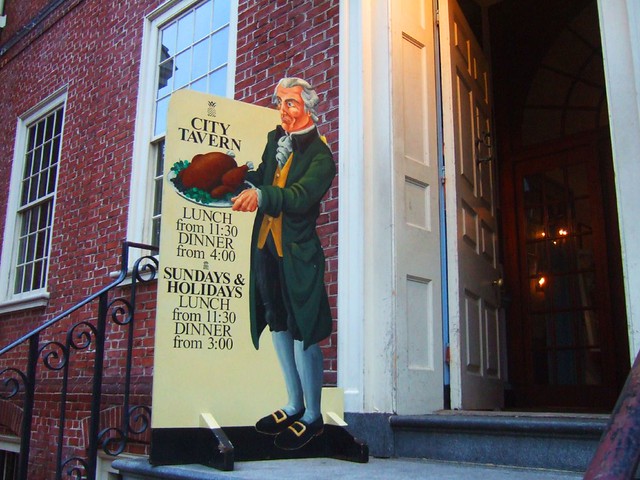
Oldhe thymeness
I picked my way through the menu and compiled a historical plate of food. Â First, I ordered up a sampling of four historic beers–so cool!
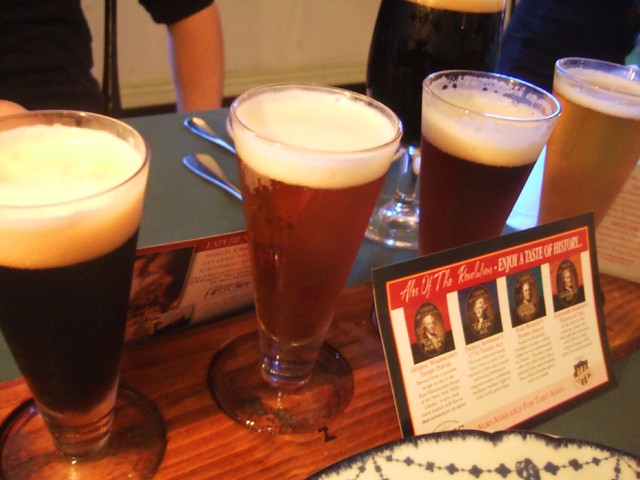
Four historic beers.
On the far left was “George Washington’s Tavern Porter: Brewed from a genuine recipe on file in the Rare Manuscripts Room of the New York Public Library.” Â I found it to be reminiscent of the molasses-based beers Brouwerij Lane brewed for last fall’s Bread & Beer event. Â I was stoked to try it since I had missed Coney Island Brewing Company’s recreation for the Library’s 100th anniversary. Â Next was “Thomas Jefferson’s 1774 Tavern Ale: Thomas Jefferson made beer twice a year. Â Our version of this ale is made following Jefferson’s original recipe…” I found it to be floral and pleasant, my second favorite of the four. Â The next was “Poor Richard’s Tavern Spruce: Based on Benjamin Franklin’s recipe, written while he was an ambassador to France.” Â This beer was better than any attempts I’ve made with spruce based beers, but it was still too dark a beer for my taste. Â The last beer was my favorite, “Alexander Hamilton’s Federalist Ale: In the style of the common man’s ale…” It was excellent and tasted almost exactly like the Common Ale Pete made over the summer.
I ordered a bowl of Pepperpot Soup, a Revolutionary War-era favorite imported from the Caribbean.  The menu said it was made with “beef;” but actually it’s beef tripe.  I’ve had some bad experiences with tripe in the past, but the soup was delicious, although very, very peppery.
And for my main course, I chose the only entree that included a historical note: Â “Fried Tofu -Â In a 1770 letter to Philadelphia’s John Bartram, Benjamin Franklin included instructions on how to make tofu. Sally Lunn breaded fried tofu, spinach, seasonal vegetables, sauteed tomatoes & herbs, linguine.” Â No shit! Â Here’s Franklin:
“…Chinese Garavances, with Father Navarretta’s account of the universal use of a cheese made of them, in China, which so excited my curiosity, that I caused inquiry to be made of Mr. Flint, who lived many years there, in what manner the cheese was made; and I send you his answer. I have since learnt, that some runnings of salt (I suppose runnet) is put into water, when the meal is in it, to turn to curds.”
And the recipes he procured:
1st Process
The method the Chinese convert Callivances into Towfu. They first steep the Grain in warm water ten or twelve Hours to soften a little, that it may grind easily. It is a stone Mill with a hole in the top to receive a small drain of warm water which passes between the two Stones the time of grinding to carry off the flower from between & keeps draining into a Tub which has a Sieve or Cloth at the top to stop the gross parts from mixing with the flower.
2d Process
Then they stir up the flower & put the Water over the Fire just for it to simmer, keeping stirring till it thickens & then taken out & put into a frame that has a Cloth which will hold the Substance, & press the Water from it, & when the Water is gone off the Frame with the Contents with a Weight on it must be put over the Steam of boiling Water for half an hour to harden or something longer. The pressing & boiling over the Steam brings it into the Form you see it carried about at Canton. This is the process as I always understood.
(Thanks to Lord Whimsy for printing this text, originally found in the 1849 printing of Bartram’s letters.)
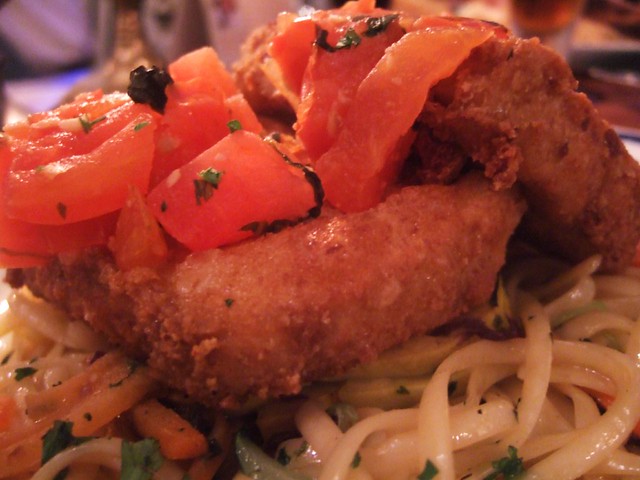
Colonial "Towfu"!
Afterwards, we stopped by the Franklin Fountain, another of the the new-breed of old-school soda fountains. Â I eat a lot of ice cream, but this place has the best sundaes I’ve ever had. Â If I lived in Philly, I would go here all. the. time.

My favorite sundae ever! Rocky road ice cream, peanut butter sauce, and pretzels! AAAAAAH SO GOOOOOD!
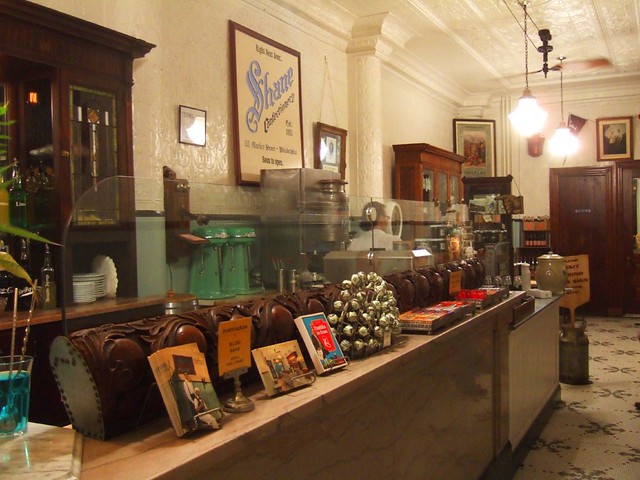
Interior of Franklin Fountain.
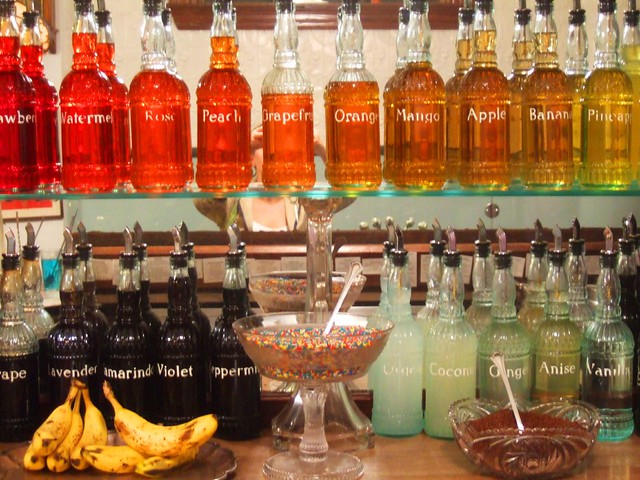
House-made syrups for handmade sodas.
Such a wonderful day. Â More photos on flickr.
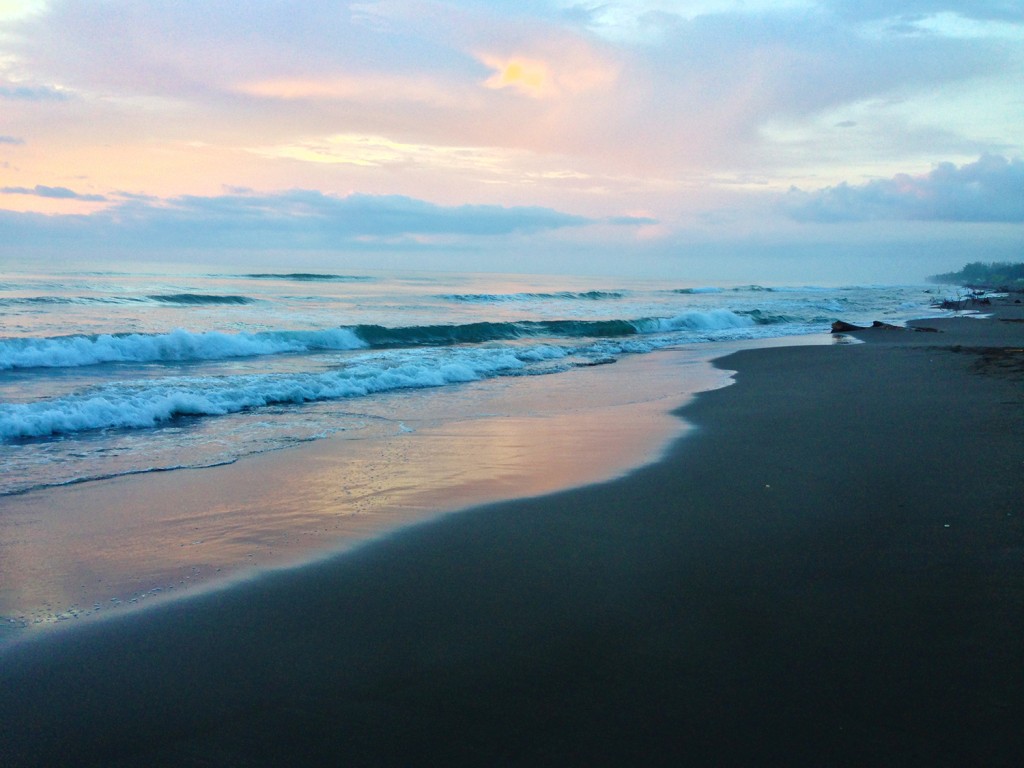 Beach time at the Costa Esmerelda.
Beach time at the Costa Esmerelda.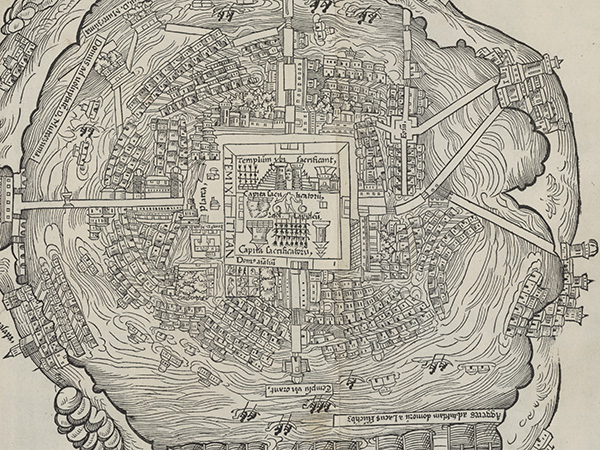
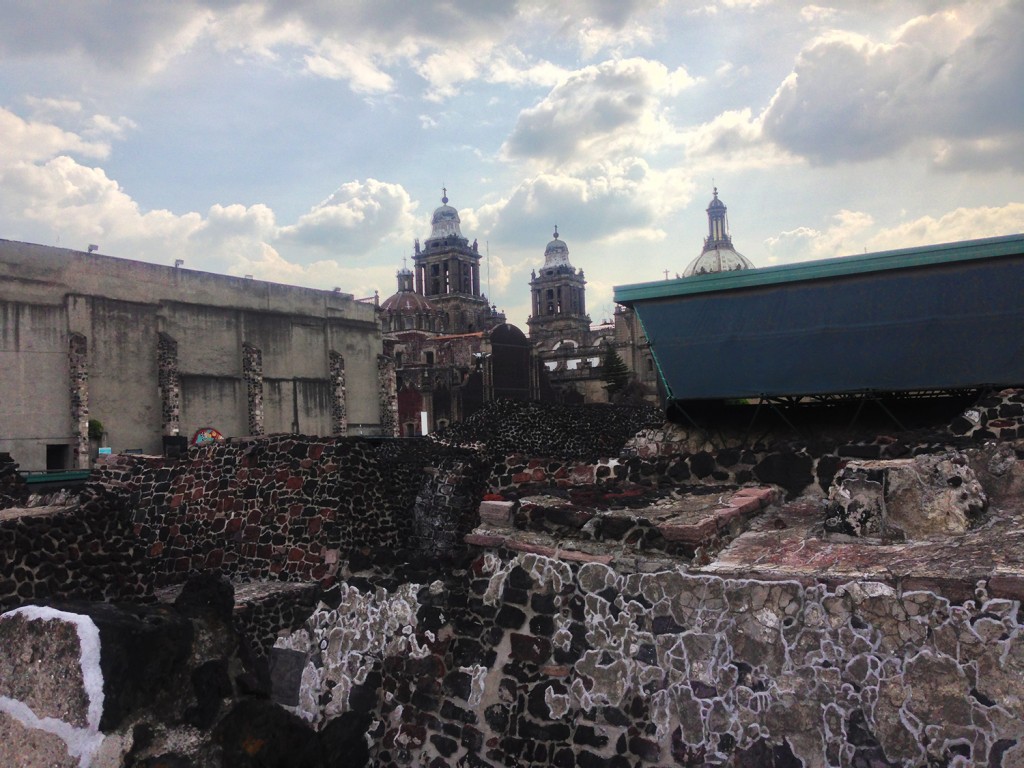
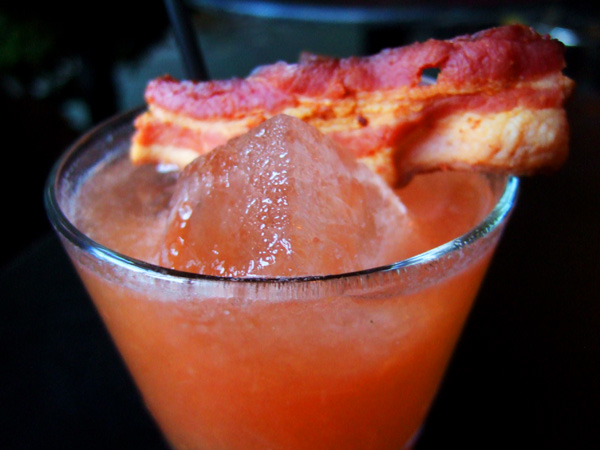
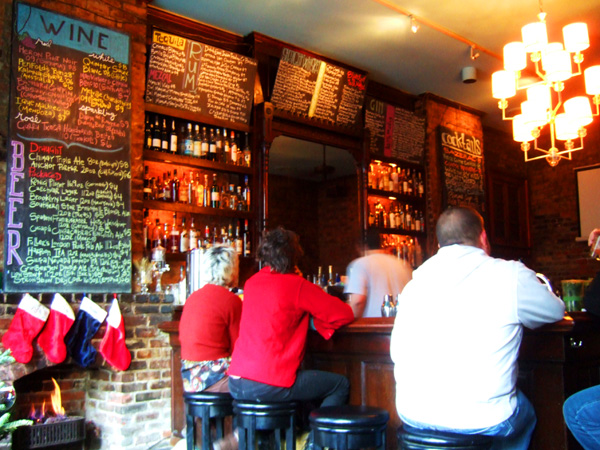
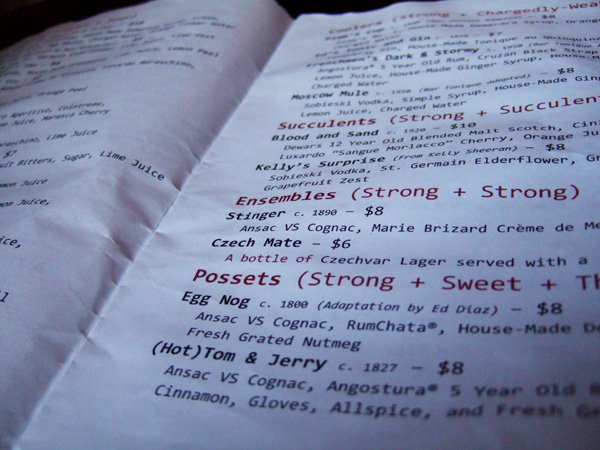
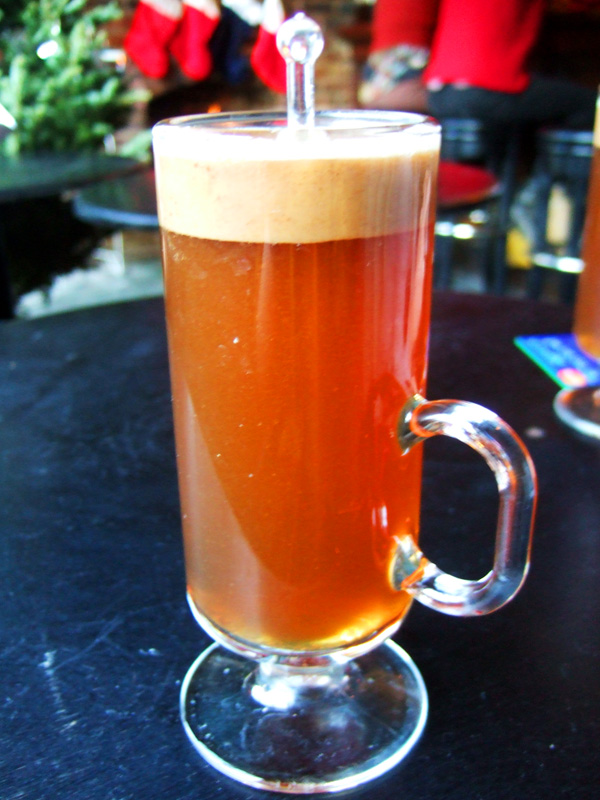
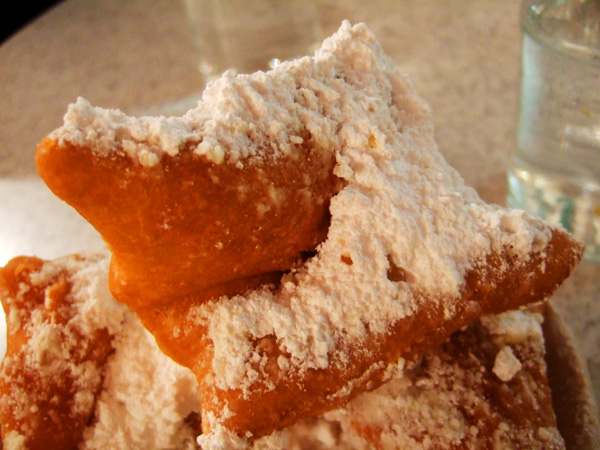
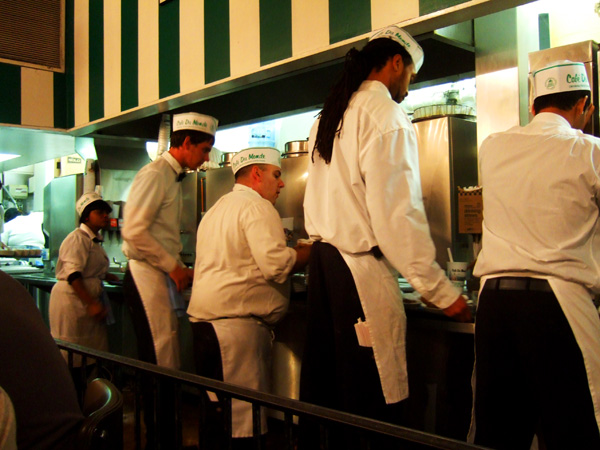
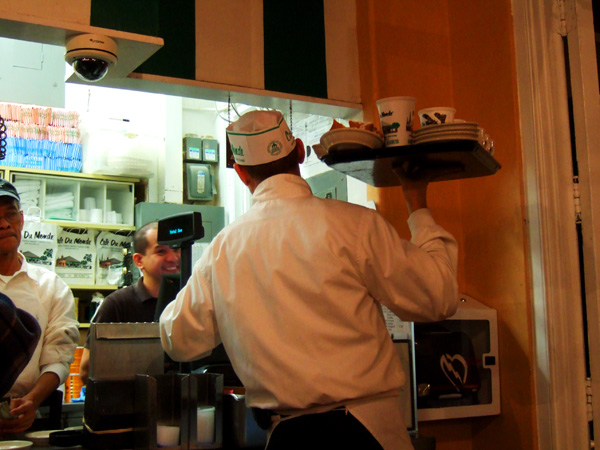
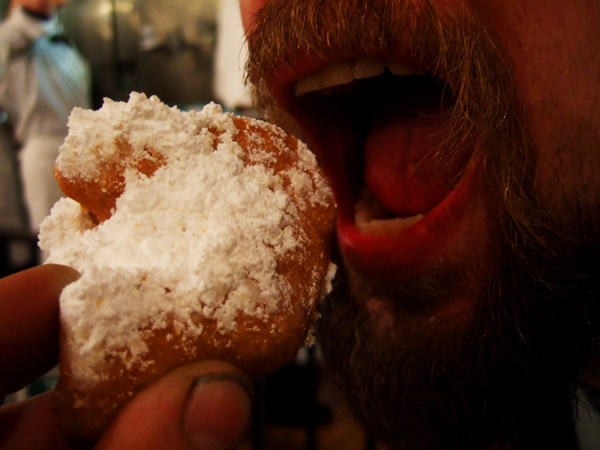













 I was in Washington DC last weekend and toured the
I was in Washington DC last weekend and toured the 